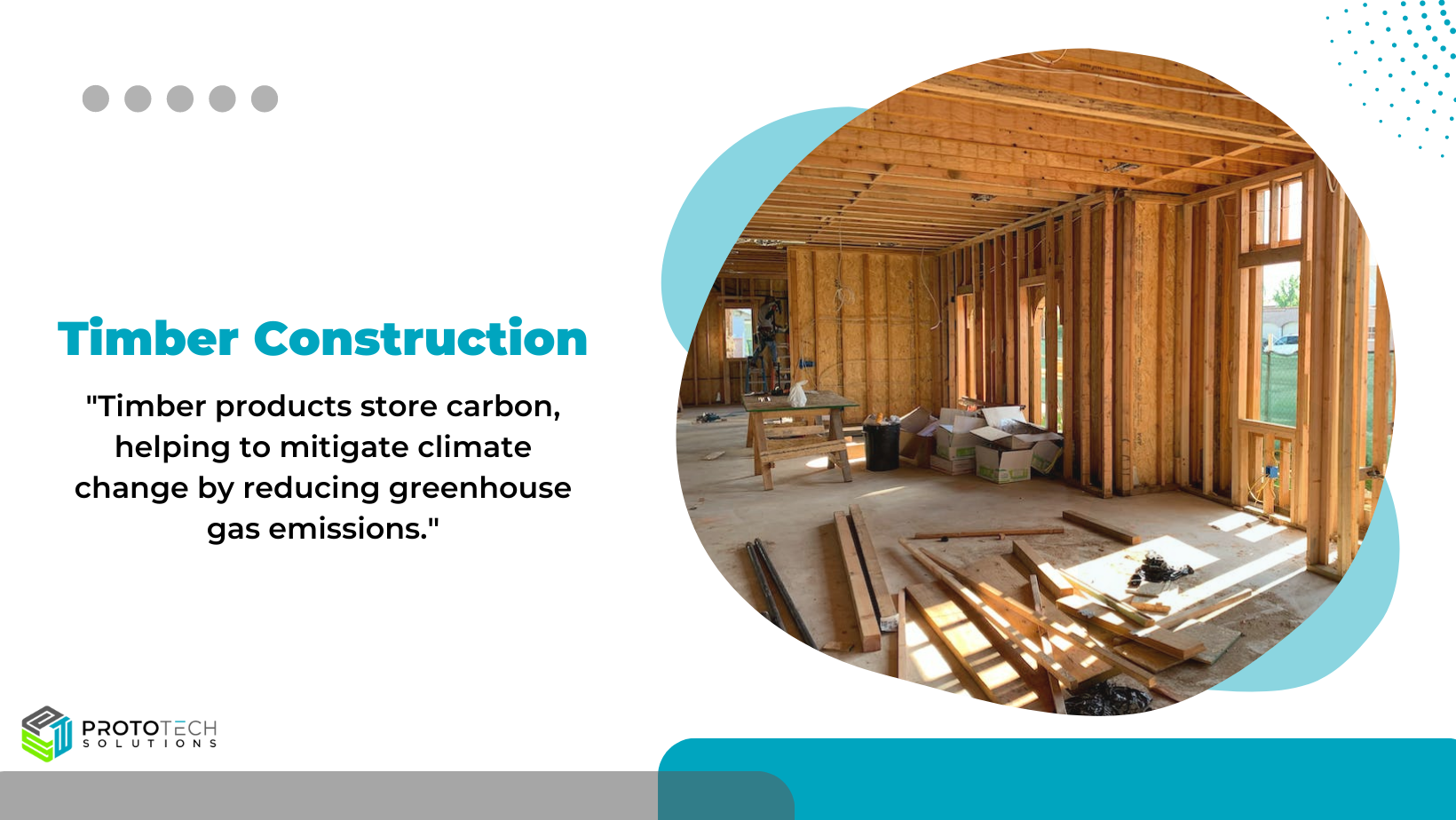The Advantages of Timber Construction: A Sustainable and Beautiful Choice

Introduction
Timber construction has been gaining popularity in recent years as an environmentally-friendly and aesthetically pleasing alternative to traditional building materials. The use of timber offers numerous advantages, ranging from sustainability and cost-effectiveness to design flexibility and durability. Timber construction stands out as an eco-friendly choice due to the renewable nature of wood. Timber products store carbon, helping to mitigate climate change by reducing greenhouse gas emissions. In this blog post, we will explore the advantages of timber construction, shedding light on why it has become a preferred choice for many builders and architects.
- Sustainability:
One of the primary reasons for the increasing popularity of timber construction is its sustainability. Wood is a renewable resource, meaning it can be regrown and harvested responsibly. Timber products also have a significantly lower carbon footprint than other construction materials like steel or concrete. By opting for timber construction, builders can contribute to reducing greenhouse gas emissions and mitigating climate change.
Timber construction stands out as an eco-friendly choice due to the renewable nature of wood. Trees can be responsibly harvested and replanted, ensuring a continuous supply of building materials. Additionally, timber products store carbon, helping to mitigate climate change by reducing greenhouse gas emissions. Opting for timber construction promotes sustainable practices and contributes to a healthier environment.
- Energy Efficiency:
Timber is an excellent insulator, providing natural thermal insulation to buildings. Timber construction minimizes the need for additional insulation materials, which translates into energy savings and reduced heating or cooling costs. Timber structures also have lower thermal bridging, meaning they experience fewer temperature fluctuations, leading to increased energy efficiency and occupant comfort.
- Design Versatility:
Timber offers immense design flexibility, allowing architects and builders to create unique and visually stunning structures. With wood, it is easier to achieve curved shapes, open spaces, and intricate detailing. Whether it’s a residential home, commercial building, or public structure, timber construction offers endless possibilities for creative and innovative designs.
- Construction Speed:
Timber construction is known for its faster construction times compared to traditional building methods. Off-site prefabrication of timber components reduces construction time on-site, leading to quicker project completion. Additionally, the lightweight nature of timber makes it easier to handle and assemble, saving time and labour costs.
“Streamline Your Construction Processes with Custom BIM App Development Services.”
- Durability and Strength:
Contrary to popular belief, timber structures can be highly durable when properly designed, constructed, and maintained. Engineered timber products, such as cross-laminated timber (CLT) and glulam beams, exhibit exceptional strength and structural integrity. They can withstand heavy loads and perform well in extreme weather conditions. Timber construction also offers excellent seismic performance, making it a suitable choice for earthquake-prone regions.
- Health and Well-being:
Wood has been scientifically proven to have positive psychological and physiological effects on humans. Timber construction creates a warm and inviting atmosphere, contributing to a sense of well-being and reducing stress levels. Exposure to wood interiors has been linked to improved air quality, acoustics, and overall occupant satisfaction, making it a desirable choice for residential and commercial spaces alike.
Stay Ahead with the Latest Construction, CAD and Software Technology Insights. Follow ProtoTech Solutions as we delve into the latest trends, innovations, and best practices in CAD, empowering you to stay ahead of the curve and harness the full potential of this powerful technology.
Conclusion
Timber construction is a sustainable, versatile, and attractive choice for current building projects. With its numerous advantages, including sustainability, energy efficiency, design versatility, construction speed, durability, and health benefits, timber is revolutionizing the construction industry. As builders and architects continue to embrace the beauty and functionality of timber, we can expect to see even more innovative and inspiring timber structures in the future. So, if you’re considering a construction project, give timber serious thought—it’s a choice that combines style, sustainability, and strength.
In the construction industry, Building Information Modeling (BIM) has revolutionized project management and collaboration. BIM enables the creation and management of digital representations of buildings, enhancing communication, efficiency, and accuracy throughout the construction lifecycle. To further optimize BIM implementation, custom BIM app development services have emerged, offering tailored solutions to meet the unique needs of construction companies.